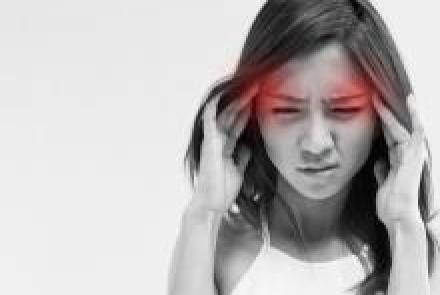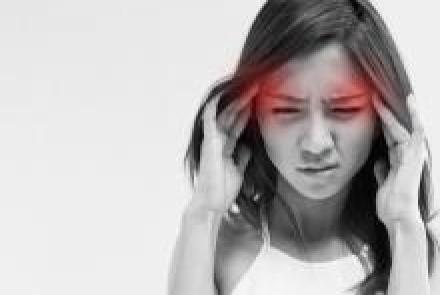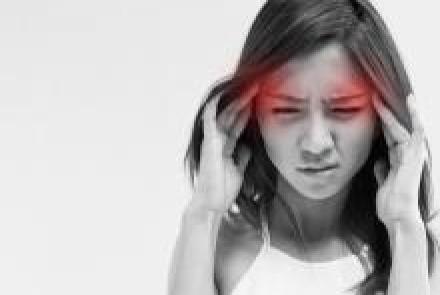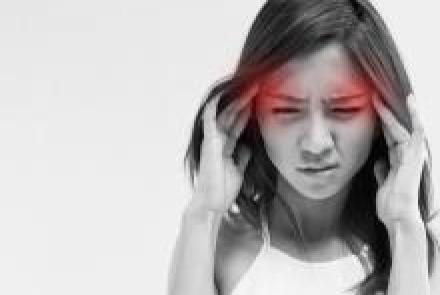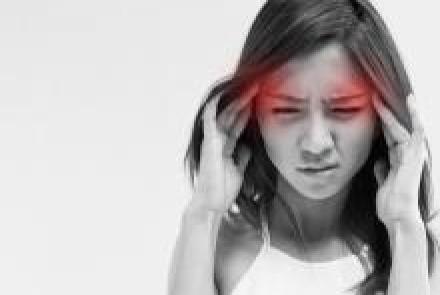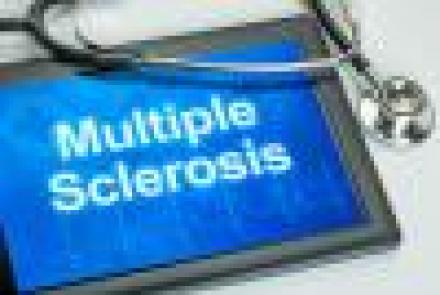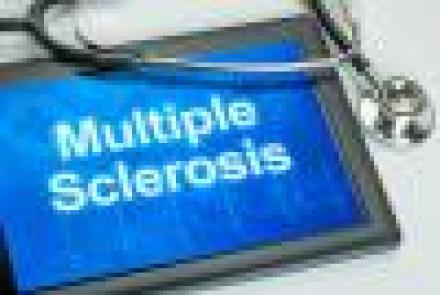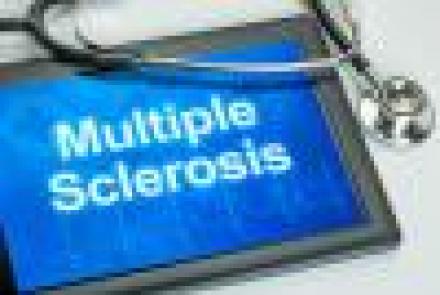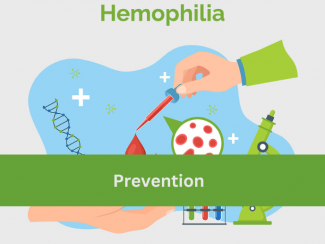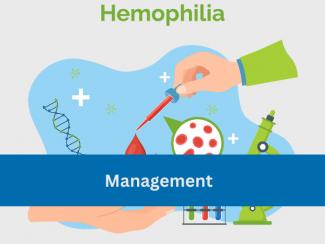Symptoms
Migraine pain can vary from mild to severe. If mild, patient has a tight feeling in the head and neck. In a severe migraine attack, the patient experiences throbbing pulsatile (pulsating) pain, which spreads to the shoulder and neck, too. Pain in adults may last for 4 to 72 hours, whereas in children it lasts for 2 to 4 hours.
There are 4 phases in a migraine attack. They are:
Premonitory phase: This phase is also called prodromal symptom, which includes physical and mental…
Latest Stories
- There are 2 main types of migraine: Migraine with aura/ sense of warning – classic migraine Migraine without aura - common migraine Complications of migraine include: Status migrainosus - headaches occur for a period of 15 or more days per month for 3 or more months Persistent aura without infarction - aura for duration of more than 1 hour and less than 1 week with absence of cerebral infarction. Infarction means obstruction of blood supply, hence, blood supply is not obstructed in this…
- Migraine cannot be diagnosed clearly by neuroimaging yet. Neuroimaging, like MRI, is done to exclude other conditions associated with headache, like a blood clot in the brain. Migraine diagnosis is based on history. The clinical criteria to confirm migraine are: Migraine without aura At least 5 headache attacks (in 15 days or more per month for more than 3 months) fulfilling 2 to 4 of the criteria given below. Headache lasting 4 to 72 hours The headache has at least 2 of the following…
- Causes of Migraine Causes are multifactoral with various genetic and environmental factors playing important roles. The patient may have a history of migraine in the family. Mutations of the gene in chromosome 1 and 19 are responsible for positive family history. Disturbances in the release of certain brain chemicals called serotonin and dopamine may also cause migraine. Migraine has two parts: 1) the aura and 2) the headache. (Symptoms of aura are mentioned below.) Cerebral blood vessels…
- Non pharmacological methods: Regular exercise, enough sleep and eating healthily at regular meal times help. Other non-pharmacological treatments include relaxation therapy and behavioural therapy, for instance biofeedback (where you learn to control your body’s functions), acupuncture, meditation, yoga and herbal treatments. Pharmacological methods: These include the following: Pain killers like aspirin, acetaminophen, Non-steroidal anti-inflammatory drugs Ergotamine derivatives -…
- Patient education and trigger avoidance: The patient needs to understand the nature of the headache and what triggers it. The triggers need to be avoided. To help, the patient can keep a pain diary to record the features, duration and intensity of pain, along with trigger factors and associated symptoms. The treatment options are listed here Know your support team: Who can help General practitioners Neurologists Internal medicine specialists Specialists in treating headaches
- The central nervous system is made of numerous cells called neurons. Neuron consists of 2 parts - cyton (cell body) and axon. The axon is covered by myelin, which helps in the conduction of nerve impulses or signals between the neurons. In multiple sclerosis, myelin in certain parts of the central nervous system is destroyed thereby impairing the conduction of nerve impulses. The exact cause of MS is not known, but some factors like immunity and genes are thought to play a role. MS could…
- There are mainly two types: 1. Relapsing-remitting type 2. Progressive type The relapsing-remitting type is characterised by unpredictable relapses (worsening symptoms) followed by periods of remission (improvement from symptoms). It is the most common type and is seen in 80-90% of patients with MS. The remaining 10-15% of MS patients have progressive type where the disease keeps on getting worse without any remission. There are 2 sub types in this progressive type. Primary…
- The clinical signs and symptoms of MS depend on the site of the loss of myelin in the central nervous system. The lesions may occur almost anywhere in the central nervous system, but they have a predilection for certain areas. More than 60% of individuals with MS have visual problems caused by demyelinating lesions (loss of myelin) of the optic nerve, which is the nerve concerned with vision. The loss of vision usually occurs over a period of several days, with partial recovery within 1…

